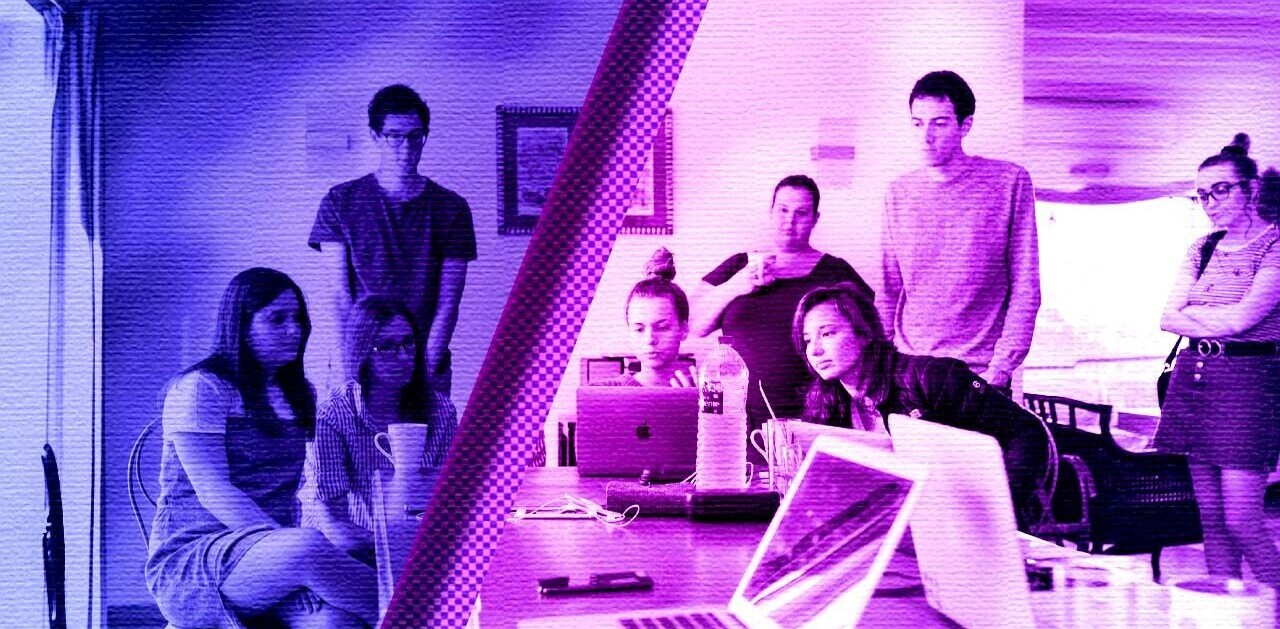
Editors note: this is a splendid guest post by Paul Jarvis, a web designer, author and gentleman of adventure.
I used to let fear of a failed side project keep me from trying new things outside of my normal workload. Or worse, I constantly had ideas for side projects but never actually started any. My day-job was comfortable, so I didn’t want to fail at something new. But, the truth is, I wasn’t pushing myself and I certainly wasn’t growing. My skills stagnated.
Meanwhile, I noticed exampled of other creatives tackling side projects and wildly succeeding at them (and sometimes the “side” projects would take over their day jobs). Tina Roth Eisenberg’s (Swiss Miss) side projects (Tattly, Creative Mornings and Studiomates) helped her put client work on hold indefinitely. Jessica Hische’s side project of drawing drop caps and posting them online led to several jobs/clients (including The New York Times, Penguin Books and Google). Seeing others succeed on the side, I wondered if I had the chops to do the same.
Side projects can be scary. There’s more of us in them so they hit closer to home. This can make them difficult to start or follow through on. But it’s also important to be our own client sometimes, and have side projects that push new skills, flex our creative muscles, and give us testing grounds for new and innovative ideas. I knew I needed to start doing them as well, if I wanted to really see what was possible.
To get over my own fear of failure with them, I started picturing these ideas as simply being experiments. Experiments don’t “fail”—they simply prove or disprove a hypothesis. For example, despite my day job as a designer I had the hypothesis that I could also write an e-book. I then simply started writing. I didn’t focus on the outcome, how the book would be received or what others would think of it. I figured, “let’s give this a try”.
Framing my side project as an experiment didn’t sound as bad. Experimenting is the only way to prove something, to get that nagging idea out of your head.
Here are few tips I use to frame all of my ideas for side projects as experiments:
- Focus on the task at hand, not the end result. Focus on the process to allow serendipity and personal exploration to take over. Otherwise you might inadvertently alter things with a subjective idea of how you want it to turn out, rather than what would be best for your long-term learnings.
- Don’t create your experiment and judge it at the same time. Creation and judgment are very different thought processes and can interfere with each other, and must be done separately. Experiment with exploring every idea completely first (writing it down, drawing it out, actually trying to do it). Only then move into editing, curating, and judging to get to best version of the idea.
- Break the experiment down into the smallest tasks possible. Then, focus completely on each small task. Only at the end do you tie all those tasks together. This helps you avoid the fear of things being too big or overwhelming to accomplish and lets you slip in your side project around your weekly primary responsibilities.
- Remember: these are experiments. Not full-time business ideas. First figure out how to run the experiment using the least resources as possible. What is the core or essence of your idea that you can prototype quickly? Get that prototype in front of as many people as possible before pursuing it more. Fail fast.
- Don’t repeat yourself. The same experiment can’t have a different result unless you change the variables. If you experiment with an idea and it doesn’t work, you need to change things up or move onto a new idea. There’s no point doing the same experiment over and over, hoping for something different to happen. If you want a different outcome, you have to change your experiment up a little—refocus for a new audience, try a different medium, or try experimenting with a new idea completely.
Some of my own experiments have led to great results, like selling thousands of copies of a book I’ve written (writing, for me, started as an experiment in creative expression). Some only proved that there wasn’t a market or opportunity for an idea, and several apps I made didn’t sell a single copy. But I keep experimenting with new ideas, always keeping one simple rule in mind:
Nothing is a mistake. There’s no win and no fail. There’s only make.
— Rule 6, Immaculate Heart College Art Department Rules
By framing the side projects I’ve done as experiments, I’ve had both the confidence to pursue them and the ability to judge them less harshly when they didn’t work.
—
How about you?
What’s your side project? How has it helped you develop new skills?
Featured Image / Getty
Get the TNW newsletter
Get the most important tech news in your inbox each week.
This post is brought to you by Shutterstock – over 30 million stock photos, illustrations, vectors, and videos.





